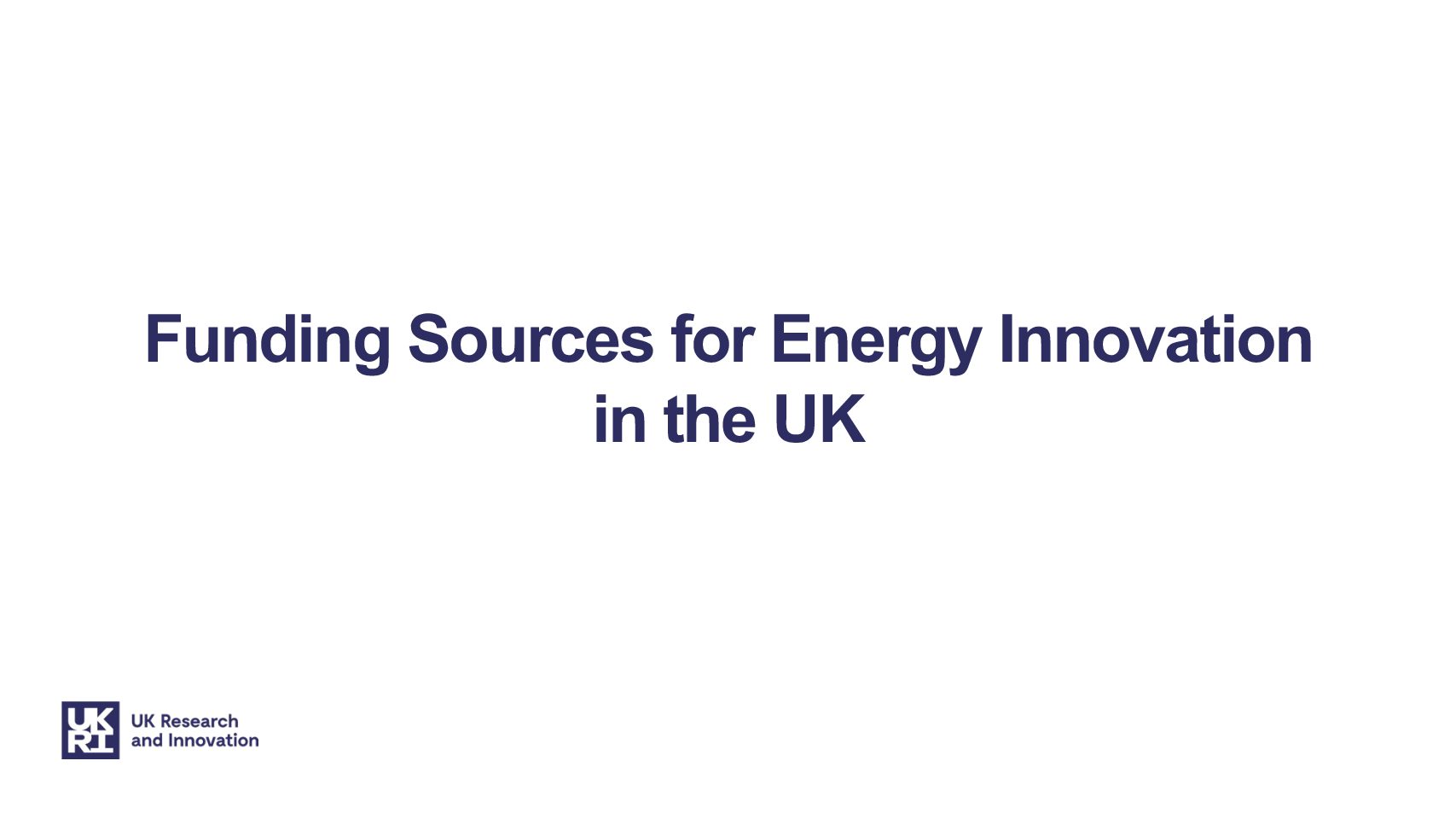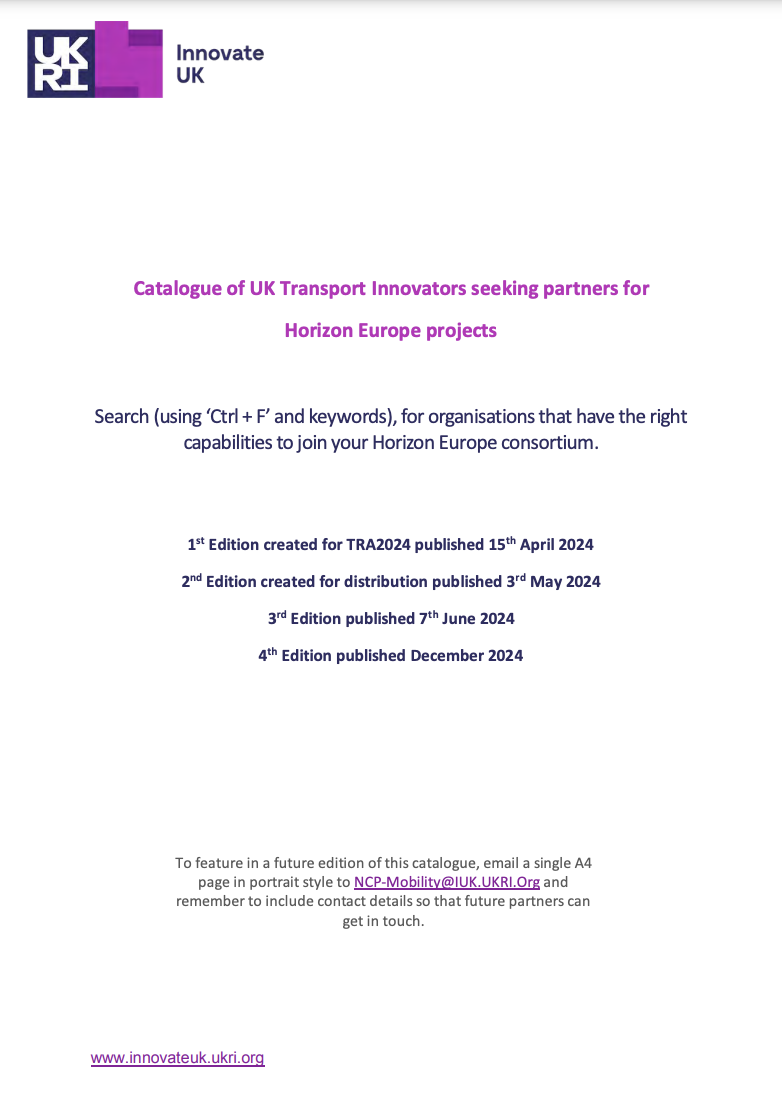Climate, Energy and Mobility
Climate, Energy and Mobility
Global Challenges Theme
You are currently exploring one of the 6 themes (clusters) under the “Global Challenges” category. This is your starting point to determine if your research and innovation aligns with funding opportunities in Climate, Energy, and Mobility, focusing on sustainable solutions for a low-carbon future. Is it the right fit for your project?
This cluster aims at achieving climate neutrality in Europe by 2050. This encompasses the transition to greenhouse gas neutrality of the energy and mobility sectors by 2050 at the latest, while boosting their competitiveness, resilience, and utility for citizens and society.
Climate
Climate sciences and responses for the transformation towards climate neutrality enable the transition to a climate-neutral and resilient society and economy through improving the knowledge of the Earth system and the ability to predict and project its changes under different natural and socio-economic drivers, including a better understanding of society’s response and behavioural changes, and allowing a better estimation of the impacts of climate change and the design and evaluation of solutions and pathways for climate change mitigation and adaptation and related social transformation.
Climate transition is cross-cutting by nature and can provide key solutions for climate, energy and mobility applications. In line with the scope of cluster 5 such areas are batteries, hydrogen, communities and cities, early-stage breakthrough technologies as well as citizen engagement.
Energy
The transition towards climate neutrality by 2050 gives energy a central role, as energy is today responsible for more than 75% of the EU’s greenhouse gas emissions.
To reach climate neutrality, we need to decarbonise at least six times faster than anything realised globally so far. We must drastically increase the share of renewable energy sources and clean energy carriers, and improve energy efficiency. Importantly, the energy transition must be just and inclusive or it will not happen at all.
Citizens need not only clean, but also affordable, secure and safe energy.
Clean hydrogen can also play a key role for long-term energy storage and for reducing greenhouse gas emissions, in particular in sectors that are difficult to decarbonise with existing solutions, such as heavy-duty and long distance transport, and carbon-intensive industry. Carbon capture and storage must address remaining emissions.
Mobility
The way we live and travel is changing. At the same time our transport system needs to adapt to global realities such as climate change and digitalisation.
Reducing transport’s impact on the climate and natural environment is the most urgent priority, in order to meet COP21 Paris Agreement commitments and align with broader EU transport, climate and energy goals.
The Climate, Energy and Mobility Work Programme
Funded by the EU’s Horizon Europe programme for Cluster 5, this Work Programme document outlines the expected impacts as set out by Pillar 2 of the strategic plan and details specific calls for proposals and their relevant conditions to apply. Review this information before beginning your application process.
Funding areas in Climate, Energy and Mobility
Climate science and solutions
Energy supply
Energy systems and grids
Buildings and industrial facilities in energy transition
Communities and cities
Industrial competitiveness in transport
Clean, safe and accessible transport and mobility
Smart mobility
Energy storage
Introduction to the EU Partnerships
European Partnerships bring the European Commission and private and/or public partners together to address some of Europe’s most pressing challenges through concerted research and innovation initiatives. Read more about the partnerships in your area.
EU Partnerships
Review the high level application process
What are the steps? How long does it take? What resources are available to support your research and innovation? Explore everything you need to know to get started.
High-level process
Check your eligibility
What are the high level eligibility criteria? Does your project or research and innovation meet the requirements? Are you prepared to apply? Find the answers here.
Check eligibility
PORTAL GUIDANCE
Understanding the tender portal
The EU Funding & Tenders Portal is your gateway to accessing open calls and applying for EU grants and funding opportunities. Learn how to navigate the Portal.
Read more
FUNDING CALL OPPORTUNITIES
Looking for calls for proposals?
The Climate, Energy and Mobility Work Programme is your key resource for accessing detailed information on funding opportunities, calls for proposals, and application guidelines. Be sure to consult it before beginning your application.
Find open calls
NEWSLETTER
Subscribe to the Horizon Europe Newsletter
Sign up to our Horizon Europe newsletter, for information on the programme, related news, events and funding, and connect to the right people for support.



